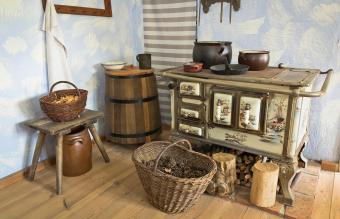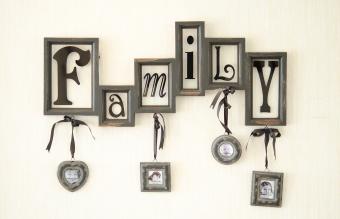
Ceramic tiles are some of the most versatile floor and wall coverings available today. They come in a multitude of sizes, patterns and colors and can be laid in countless ways. Using any classic pattern can help transform a standard tile job into an extraordinary one.
Types of Ceramic Tile Laying Patterns
Most tile patterns can be broken down by the number of different sizes of tile the pattern requires. This includes:
- Single tile patterns such as diagonal or herringbone
- Two tile patterns like hopscotch, basketweave or target
- Multiple piece patterns, which contain three or more tile sizes within one pattern
The tiles may be the same color, or they may contain two different colors or two different materials, such as ceramic and glass to produce different effects.
Popular Tile Patterns
There are countless tile patterns available for use with ceramic tiles. Some tile companies will bundle their tiles together with a specific pattern in mind, while others can be created simply by purchasing tiles of varying sizes.
Some of the most popular tile patterns are also the oldest. They can be recreated with any type of ceramic tile and fit into nearly any home.
Herringbone Patterns

A herringbone pattern is made up of rectangular shaped tiles, all of the same size. While the most classic size is 3- by 6-inches, any size of rectangle can be used, including 2- by 4-inches, 4- by 12-inches or 12- by 24-inches.
Herringbone patterns work well on backsplashes, confined to the area behind the cooktop, or over large floor areas, such as foyers or mudrooms. The smaller the tile size you use, the busier and more intricate appearing the pattern will be.
Laying the Herringbone Pattern


The hopscotch tile pattern, or step tile pattern, uses two tiles of different sizes. While it is common to use a 6-inch tile with a 12-inch tile, any two sizes can be used, including 2-inch with 12-inch tiles or 6-inch with 24-inch tiles.
When laid properly, the smaller tiles should appear to be jumping or stepping off the larger tiles. For added complexity, choose a decorative ceramic tile for some or all of the smaller tiles to add interest to the design.
Laying the Hopscotch Tile Pattern



The basketweave tile pattern is most commonly seen in mosaics, but it is easily recreated in larger tiles as well. The pattern works best when two different colors of tile are used, one color for the rectangular tile and one for the square tile.
To create the correct ratio of square to rectangular tiles, select square tiles that are exactly half the width of the rectangular tile. For example, use 2-inch square tiles with 4- by 8-inch rectangular tiles.
Decorative or brightly colored square or circular tiles can help delineate the pattern further. For a more subtle look, use glossy square tiles with matte finished rectangular tiles, both of the same color.
Laying a Basketweave Pattern


Because this pattern does not repeat for several feet, it will change slightly based upon the shape and size of the room. Follow these tips to help lay it out properly.
- Begin in the corner of the room furthest from the door and branch outward.
- Lay out six to 10 tiles at a time, consulting the pattern sheet before taking them in the reverse order you laid them. Spread mortar over the floor and replace the tiles in the correct order again to install them. Then lay 6 to 10 more tiles. This will keep the pattern consistent and allow you to correct mistakes before the mortar hardens.
- Step back across the room and compare the tiles on the floor to the printed pattern.
- Get creative. If the tiles don't seem to be fitting properly, change their configuration. This type of tile pattern can be endlessly rearranged because the tiles are all in the same size ratio to one another.
Tips for Laying Any Ceramic Tile Pattern
If you need help downloading any of the printable tile patterns, check out these helpful tips.
Play around with several tiles before you lay them in mortar.
Make your cuts ahead of time, during the dry layout and confirm that they fit with the rest of the pattern before you install them.
Don't assume that your room is square. Many walls are not completely in plumb, so always double check that the tiles fit before you lay them.
Leave room for grout joints in the pattern. Because the pattern should be laid out without mortar, and cuts should be made ahead of time, it's easy to forget about the grout joint. Machine made ceramic tiles need at least a 1/16-inch grout joint, while handmade ceramic tiles may need as large as a 1/4-inch joint.
Add Interest with Patterns
Ceramic tile patterns can dramatically transform any space. Whether you are adding color and detail to a small bathroom floor or dressing up a subway tile backsplash, consider laying your tiles in a pattern to create a more interesting effect.







